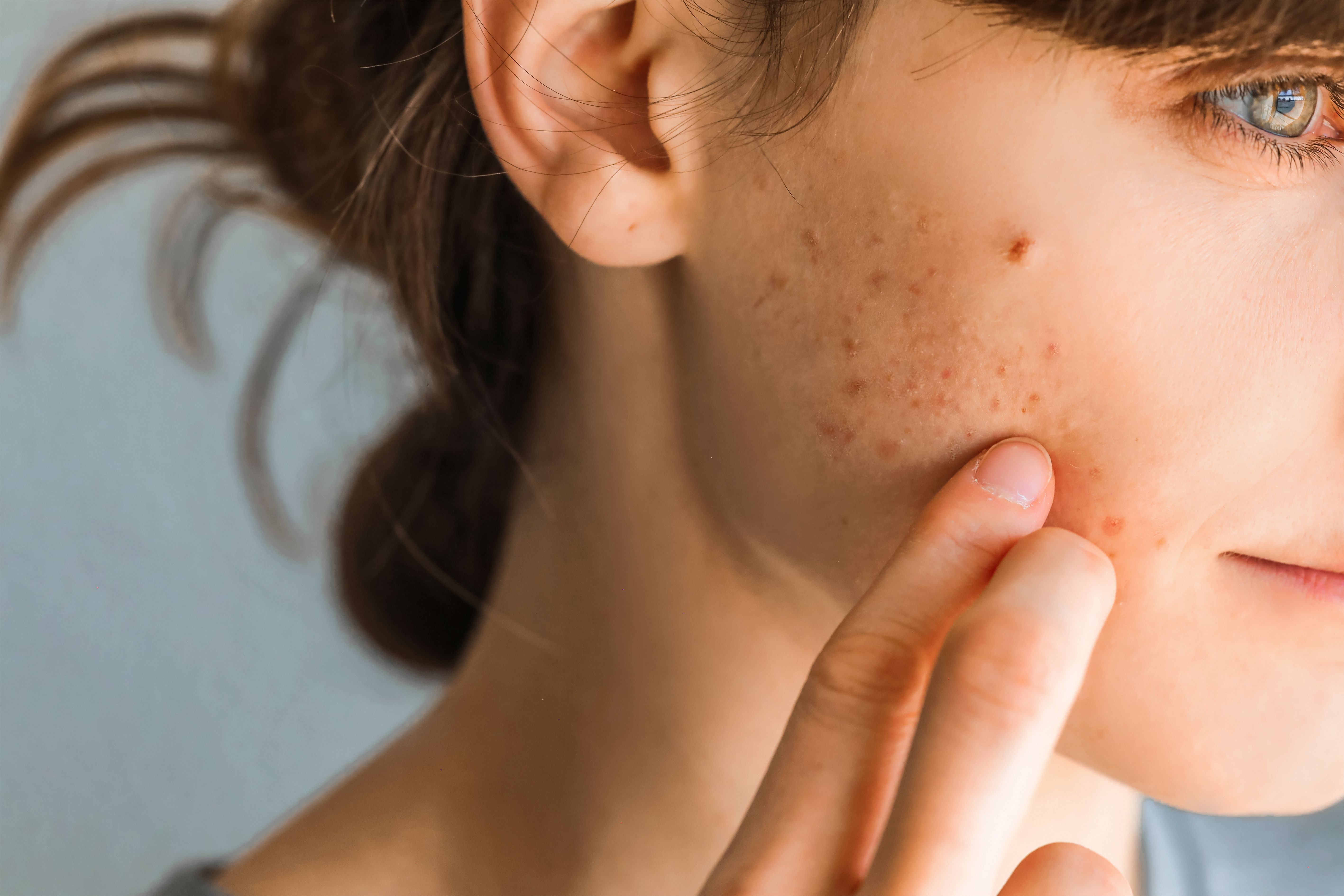- Acne
- Actinic Keratosis
- Aesthetics
- Alopecia
- Atopic Dermatitis
- Buy-and-Bill
- COVID-19
- Case-Based Roundtable
- Chronic Hand Eczema
- Drug Watch
- Eczema
- General Dermatology
- Hidradenitis Suppurativa
- Melasma
- NP and PA
- Pediatric Dermatology
- Pigmentary Disorders
- Practice Management
- Precision Medicine and Biologics
- Prurigo Nodularis
- Psoriasis
- Psoriatic Arthritis
- Rare Disease
- Rosacea
- Skin Cancer
- Vitiligo
- Wound Care
News
Video
Reviewing 3 Key Lebrikizumab Abstracts From AAD 2025
Key Takeaways
- Lebrikizumab maintains clear skin in 50% of patients after three years, offering sustained relief for atopic dermatitis.
- In patients previously treated with dupilumab, lebrikizumab showed significant improvements in itch and skin pain.
Anabela Cardoso, MD, discussed lebrikizumab’s efficacy in improving itch, skin pain, sleep disturbance, and long-term management in atopic dermatitis.
“With lebrikizumab, in addition to showing fast initial relief of each and skin, which we showed at 16 weeks, we now looked at the patients who achieved that, and what are the outcomes after 3 years. We showed with this data for the first time, with a monotherapy, first-line biologic, that it's possible to keep clear skin, so no rash at all, in 50% of the patients at 3 years,” said Anabela Cardoso, MD, in an interview at the 2025 American Academy of Dermatology (AAD) Annual Meeting in Orlando, Florida.
Cardoso, the senior vice president of immunology medical affairs at Eli Lilly and Company, reviewed 3 abstracts from AAD on lebrikizumab’s efficacy in improving itch, skin pain, sleep disturbance, and long-term management for atopic dermatitis (AD).
3-Year Data in Week 16 Responders
Cardoso highlighted the long-term efficacy of lebrikizumab in AD, emphasizing its ability to provide both immediate and sustained relief. While patients often experience unpredictable flares, lebrikizumab demonstrated fast symptom control within 16 weeks. New 3-year data revealed that at week 100 of long-term extension ADjoin (NCT04392154), 63.4% of patients receiving lebrikizumab once every 2 weeks and 50.0% of patients receiving lebrikizumab once every 4 weeks achieved an IGA score of 0. Notably, over 80% of patients sustained results without topical corticosteroids, improving their quality of life, according to Cardoso.1
Patients Previously Treated With Dupilumab
In the phase 3b ADapt study (NCT05369403), patients who stopped dupilumab due to inadequate response (56%), intolerance/adverse event (16%), or other reasons (28%) received lebrikizumab 250mg every 2 weeks to week 16. At week 16, patients achieving IGA 0/1 with ≥2-point improvement or EASI 75 received lebrikizumab 250mg once every 4 weeks to week 24, while other patients continued once every 2 weeks. At weeks 16 and 24, respectively, the proportions of patients achieving a PNRS ≥4-point improvement were 53.2% and 61.5% observed. Cardoso noted that the approval of dupilumab transformed atopic dermatitis treatment, but the disease remains heterogeneous and calls for multiple options.2
AD Improvements in Patients With Skin of Color
ADmirable (NCT05372419) was the first phase 3b, open-label, 24-week study of lebrikizumab in adult and adolescent patients with skin of color and moderate to severe AD. At baseline (n=90), 78%, 11%, and 6 patients 7% were Black, Asian, and American Indian/Alaska Native race, respectively; 21% were Hispanic/Latino; and 43%, 24%, and 32% reported Fitzpatrick Skin Phototypes IV, V, and VI, respectively. In the new week 16 data, the proportions of patients with pruritus NRS ≥3-point and ≥4-point improvement were as-observed, 66.2% and 58.1%, respectively; skin pain NRS ≥4-point improvement was as-observed, 58.8%; sleep-loss scale ≥2-point improvement was as-observed, 30.8%. According to Cardoso, this data reinforces the commitment to advancing equitable care for underrepresented populations in dermatology.3
References
- Simpson E, Bierdermann T, Kircick L, et al. Raising the bar of efficacy in atopic dermatitis: lebrikizumab maintains depth of response over 3 years in week 16 responders. Poster presented at: 2025 American Academy of Dermatology Annual Meeting; March 7-11, 2025; Orlando FL.
- Yosipovitch G, Ackerman L, Bagel J, et al. Lebrikizumab improves itch, itch interference on sleep and skin pain in patients with moderate-to-severe atopic dermatitis previously treated with dupilumab. Poster presented at: 2025 American Academy of Dermatology Annual Meeting; March 7-11, 2025; Orlando FL.
- Alexis A, Moiin A, Waibel J, et al. Lebrikizumab improves itch, skin pain, and the interference of itch on sleep in adult and adolescent patients with moderate-to-severe atopic dermatitis and skin of color: 16-week results from the ADmirable study. Poster presented at: 2025 American Academy of Dermatology Annual Meeting; March 7-11, 2025; Orlando FL.











